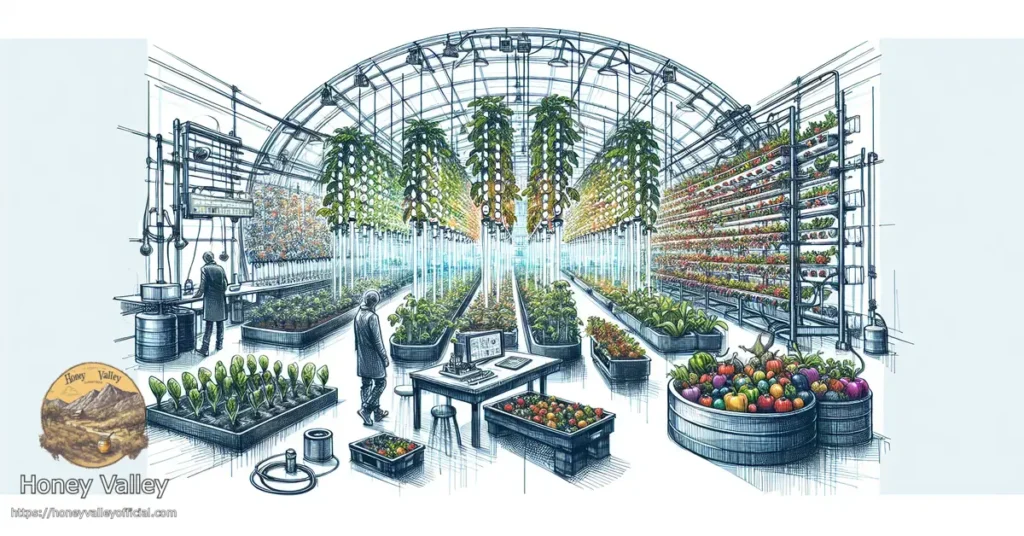Cassava, also known as manioc or yuca, is a versatile and resilient crop that is widely grown for its starchy tuberous roots. Whether you are a small-scale farmer or a commercial grower, understanding the optimal time to plow the land and the best planting method for cassava is crucial for a successful harvest. In this article, we will explore the ideal time for land preparation and the recommended techniques for planting cassava.
1. Timing for Land Preparation:
The timing of land preparation plays a significant role in the overall success of your cassava plantation. It is essential to choose the right time to ensure favorable soil conditions and optimal growth. The best time to plow the land for cassava plantation depends on several factors, including climate, rainfall patterns, and the specific variety of cassava being grown. However, there are some general guidelines to follow:
a. Dry Season: In regions with distinct dry and wet seasons, it is advisable to prepare the land during the dry season. This allows the soil to dry out and facilitates easier plowing and weed control. Aim to start land preparation a few weeks before the onset of the rainy season, giving the soil enough time to absorb moisture.
b. Rainy Season: If your region does not experience a prolonged dry season, you can plow the land during the early part of the rainy season. This ensures that the soil is adequately moist for planting, promoting faster germination and establishment of cassava cuttings.
2. Land Preparation Techniques:
Proper land preparation is crucial for cassava cultivation as it helps create a favorable environment for root development and minimizes weed competition. Here are some recommended techniques for preparing the land for planting cassava:
a. Clearing and Cleaning: Begin by removing any existing vegetation, rocks, or debris from the planting area. This can be done manually or with the help of machinery, depending on the scale of your operation. Clearing the land eliminates potential competition for nutrients and sunlight.
b. Plowing and Tilling: After clearing the land, plow the soil to a depth of approximately 20-30 centimeters. This helps loosen the soil, improves aeration, and facilitates root penetration. Tilling the soil further breaks up clumps and prepares a fine seedbed for planting.
c. Weed Control: Weeds can significantly impact cassava yield, so it is crucial to control them effectively. Prior to planting, consider applying a pre-emergent herbicide to suppress weed growth. Alternatively, manual weeding or mulching can be employed to control weeds during the early stages of cassava growth.
3. Planting Techniques:
Once the land is prepared, it’s time to focus on the planting techniques for cassava. The following steps are recommended for successful cassava planting:
a. Selection of Planting Material: Choose healthy and disease-free cassava stem cuttings for planting. Select stems that are approximately 20-25 centimeters long, with at least three to four nodes. Avoid using stems with visible signs of pests, diseases, or physical damage.
b. Spacing and Planting: Cassava should be planted in rows with a spacing of approximately 1-1.5 meters between plants and 1.5-2 meters between rows. Dig holes or furrows along the rows and plant the stem cuttings at a 45-degree angle, burying them about 10-15 centimeters deep. Ensure that the cuttings are placed upright, with the bud end facing upwards.
c. Mulching and Irrigation: To conserve moisture and suppress weed growth, consider applying a layer of organic mulch around the cassava plants. This helps retain soil moisture and reduces the need for frequent irrigation. However, if rainfall is inadequate, regular watering is necessary, especially during the early stages of growth.
d. Post-Planting Care: After planting, monitor the cassava plantation regularly for any signs of pests, diseases, or nutrient deficiencies. Implement appropriate pest and disease management strategies and provide balanced fertilization as needed.
In conclusion, the best time to plow the land for cassava plantation depends on the climate and rainfall patterns of your region. It is advisable to prepare the land during the dry season or early part of the rainy season. Additionally, proper land preparation techniques, including clearing, plowing, and weed control, are essential for successful cassava cultivation. When it comes to planting, select healthy stem cuttings, maintain appropriate spacing, and provide adequate mulching and irrigation. By following these guidelines, you can maximize the yield and quality of your cassava harvest.


